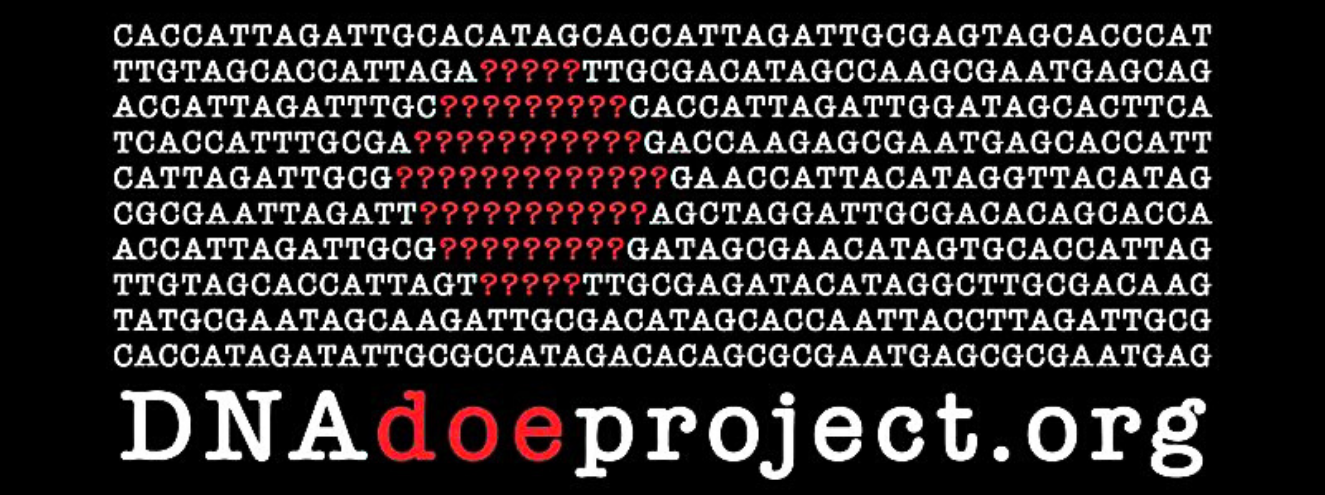By: Uncovered Staff

There are tens of thousands of unidentified decedents in the United States alone, with the number growing every year. A person’s remains may go unidentified due to decomposition or dismemberment, lack of personal items or a form of official identification such as a driver’s license found with the remains, or insufficient evidence to indicate identity.
When remains are unidentified, officials often apply a “John Doe” or “Jane Doe” moniker to the decedents until their real names can be matched with them.
Remains that stay unidentified cannot be claimed by loved ones, and often unidentified remains present investigative challenges if foul play is suspected in a person’s death. When a victim is unknown, it is difficult for law enforcement to form a theory of a possible crime or create a list of possible suspects because they can’t determine who the victim’s close associates might have been.
For many reasons, identifying unknown remains is critical to solving cases and providing answers to the families and friends of the deceased.
What Is the DNA Doe Project?
As described on their website, “The DNA Doe Project is a non-profit initiative that uses investigative genetic genealogy to identify John and Jane Doe unidentified remains.” Genetic genealogy is a technique that combines DNA testing with traditional genealogical methods to infer relationships among individuals.
First used to help identify biological parents of adopted children, the technique is increasingly being used to aid criminal investigations and—as with the DNA Doe Project—to identify human remains.
The 501(c)(3) organization relies on skilled work by volunteer researchers specializing in genetic genealogy, a technique that allows for identification of remains even in cases where DNA samples are degraded or of poor quality to begin with.
Origin and History
A genealogist and linguist in her own right, Margaret Press, Ph.D., co-founded the DNA Doe Project with forensic genealogist Dr. Colleen Fitzpatrick in 2017. The pair solved their first case in March 2018, when they identified a John Doe previously referred to as Joseph Newton Chandler III as being Robert Ivan Nichols.
A month later, the DNA Doe Project team joined local authorities in Troy, Ohio, to announce that they had identified an unknown Jane Doe referred to as “Buckskin Girl” as being Marcia L. King—signaling the first time genetic genealogy was used to make an identification in a cold case investigation. Since its inception, Margaret has served as CEO of the DNA Doe Project.
The DNA Doe Project relies on donations to help fund the work of its volunteer researchers as well as the cutting-edge DNA extraction and testing methods used in their investigations.
Through their Doe-Nate program, the organization enables law enforcement agencies to bring forward identification cases that need funding, and it gives donors the option of directing their gifts toward one of the cases most in need.
What started out as sheer curiosity about a possible new investigative technique has become an integral part of the investigative process for cold cases, allowing victims to regain their names and families to reclaim their loved ones. By the end of 2021, the DNA Doe Project had helped re-identify 65 Does and counting.
To donate to the DNA Doe Project, you can visit https://dnadoeproject.org/donate/ and either select the General Fund or direct your donation to one of the Doe-Nate cases still in need of funding.
